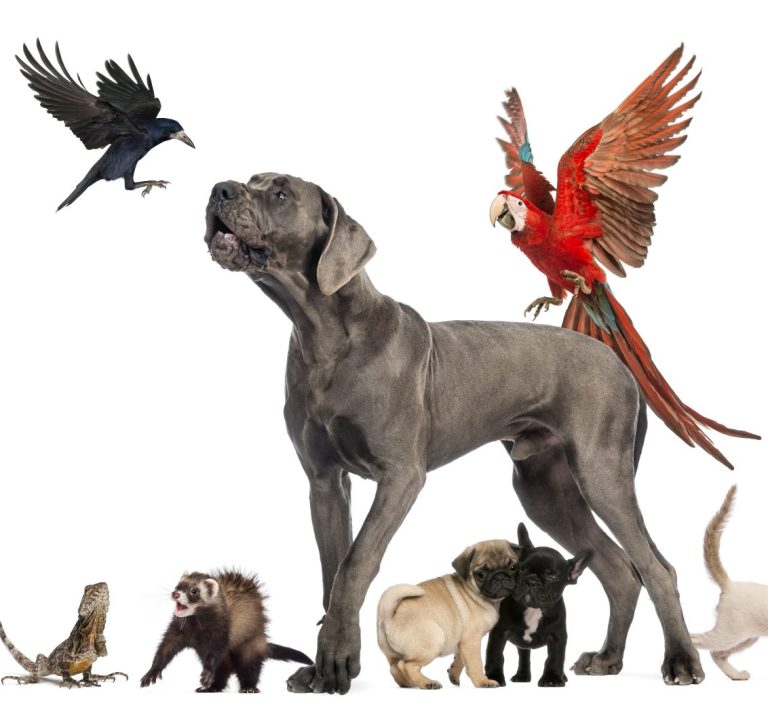Learn about some basic neurobiological knowledge!
Neurobiology lecture
What makes an organism look the way it looks? It's the genes! A gene is a sequence of molecules on a larger structure called the DNA. There are only 4 different molecules available and their order defines the way an organism looks like. Humans have around 30.000 genes (+/-).There are different types of genes. The most important ones in the context of the look of an organism are genes that code for proteins (the bricks of life). A sequence of 3 molecules on the DNA codes for the synthesis of one amino acid. Several amino acids are put together to form a protein (i.e. a chain of amino acids) and finally such a synthesised protein can be used for various organic building purposes.

How is a protein synthesized on the basis of a genetic code?
Through a process called gene expression! The DNA containing all genes sits in the nucleus of a body cell. A molecule (mRNA) makes a copy of an exposed gene and leaves the nucleus with it making a stop at a cell organelle called the ER (Endoplasmatic Reticulum). There, other molecules called ribosomes read the copy and translate the copied code into a protein.

What do neurons do? Like all other cells in the human body also neurons have specific functions. They receive, integrate and transmit information. It is important to notice that information does not equal to a word, a tone or a picture, instead it refers to certain potential (measured in Volt) conditions on their cellular membranes! From such potential values consciousness interprets and creates perceptions, which are thus no more than constructs of the human mind.

Why do humans have heads with brains inside? Because of cephalisation! Cephalisation means "head creation" and is a long process during the course of evolution resulting in organism with a head and a brain inside. Before that evolutionary result, primitive organisms like polyps living in the ocean as solitary creatures were stuck on some surface, they couldn't move around and they didn't have a brain yet, but they already had a net of connected neurons processing information. At some point (millions of years later), such organisms became mobile due to the growth of limb-like body parts. Locomotion kicked in and consequently organisms got a front and a back. Because the front refers to the body part that is exposed to new environments first when moving around, previously scattered sensory organs moved to this end of an organism. This is so, because the job of a sensory organ is to translate physical and chemical features of an environment into the language of a neural system. Thus, it further makes sense that the growing neural network processing that sensory input develops in close vicinity of the sensory organs.
This growing neural network at the front became the brain that finally got some bony protection, because of its importance and result is a head with the brain inside.

What is the function of the heart?
It delivers chemical substances to various body parts by pumping blood that contains those substances. So, delivery is the function and pumping is the mechanism.
That's it!

What is the function of the lunge?
It provides energy by extracting oxygen out of breathed in air. So, providing energy is the function and breathing including the extraction of oxygen is the mechanism.
That's it!

What is the function of the brain?
It produces adapted behavior by processing information. The information it processes includes organ-related as well as affective and cognitive content. So, most importantly it produces behavior and from a neurobiological perspective behavior always presumes muscle contraction.
That's it!

What does affective and cognitive processing mean?
Affective processing means dealing with "how" questions related to incoming information, whereas cognitive processing deals with "what" questions! To get a good idea what this means, just imagine an aggressive dog. The aspect of its aggression (how is it!) is affective content and the fact that is a dog (what is it?) is cognitive content. It is that easy!

What is an emotion?
The best way is to define an emotion simply as behavioral output to communicate a feeling. In that sense, "fear" is not an emotion, it's a feeling. A fearful facial expression is an emotion related to the feeling of fear. Arms up in the air and a joyful face communicates extreme happiness. The basis for all that is affective processing! If you want to read more, click here!

How is behavior defined?
From a neurobiological perspective any behavior requires contracting muscles. In other words, thinking alone is no behavior, thinking is information processing.




Eye-opening knowledge!
Don't be scared, just open your eyes and start understanding nature, especially the brain. This is the perhaps most interesting knowledge one can have!
Neuroconsulting by Neuroconsult e.U.
The human mind sits in the brain and the brain contains all the neurons that process information underlying decision making and behavior production.
